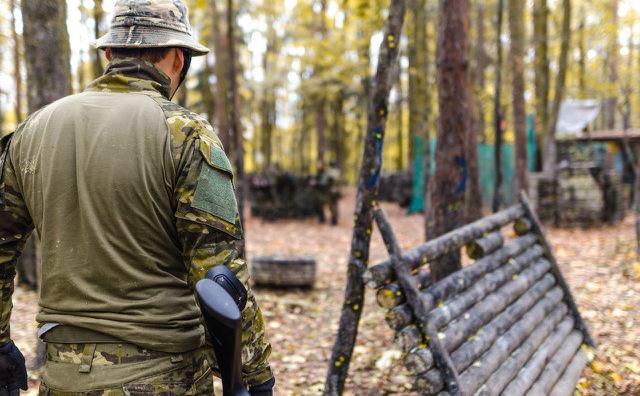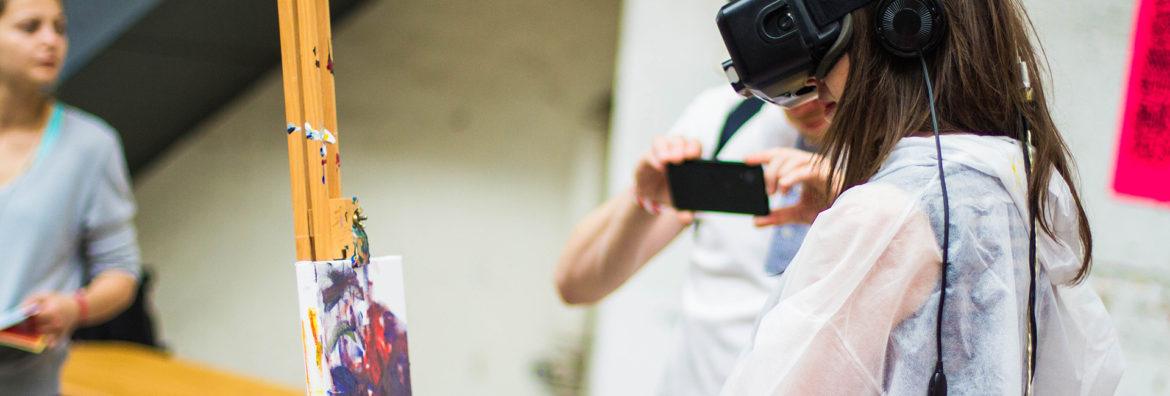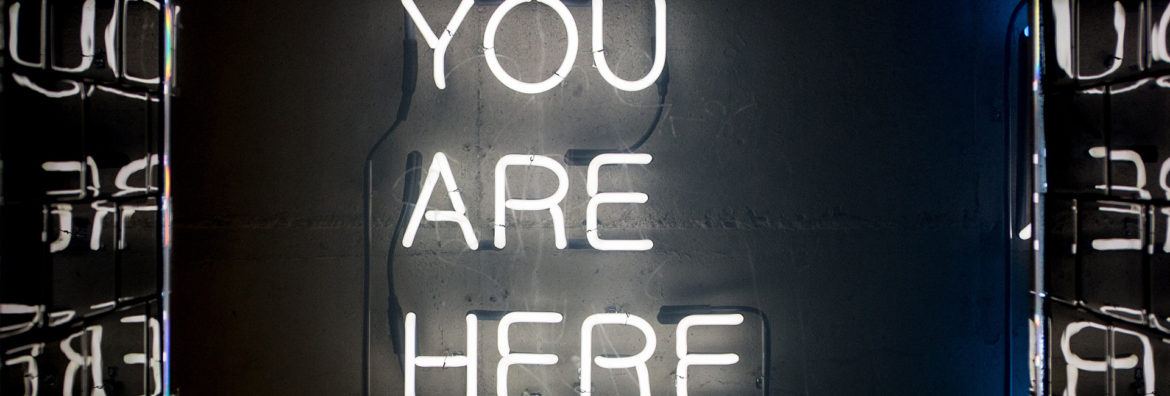Anyone who has ever attempted to lead change in an organization, regardless of its size and complexity, will attest that it’s not for the faint of heart. One simple attestation to this is the countless number of books and articles written on the topic.
While organizational change can be difficult, regardless of the circumstances, it can be particularly challenging to create change in organizations that have long-standing histories and deeply embedded cultural norms, beliefs, and assumptions. Organizations that are solidly grounded in legacy and that place significant value on an enviable history oftentimes have the most difficulty creating change. This is especially true when these organizations are attempting to create transformative change (completely disruptive) as opposed to evolutionary change (small slices of change over time).










